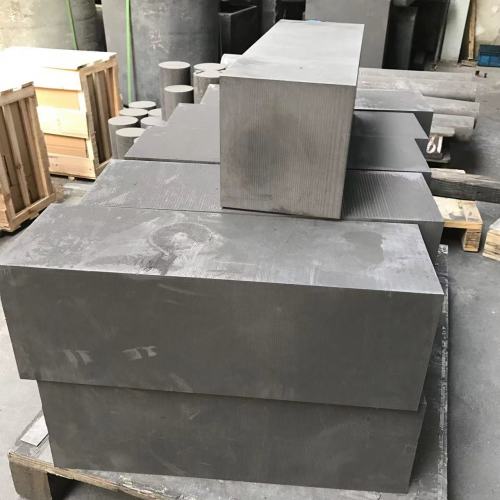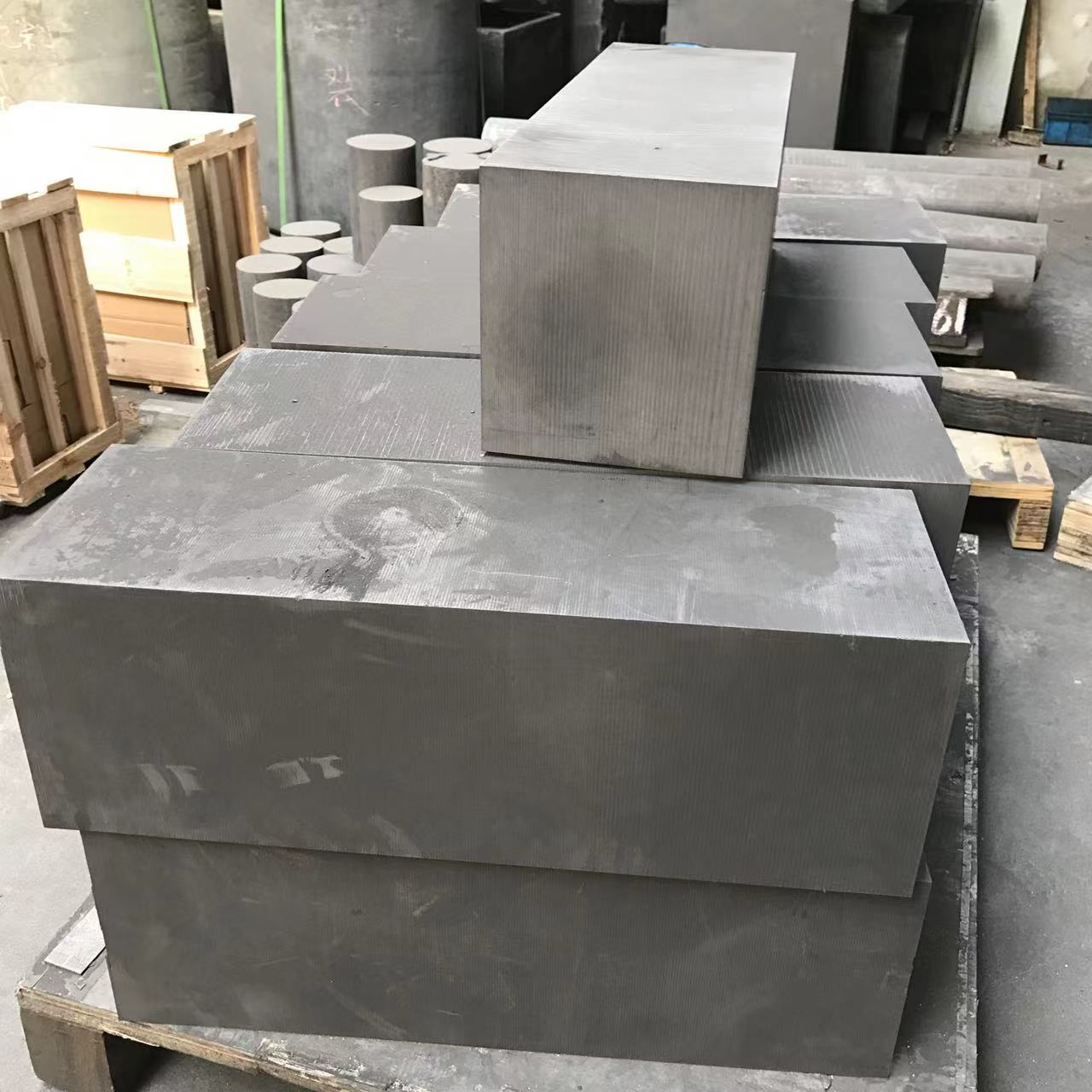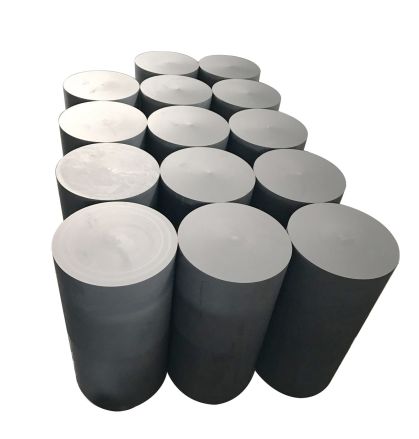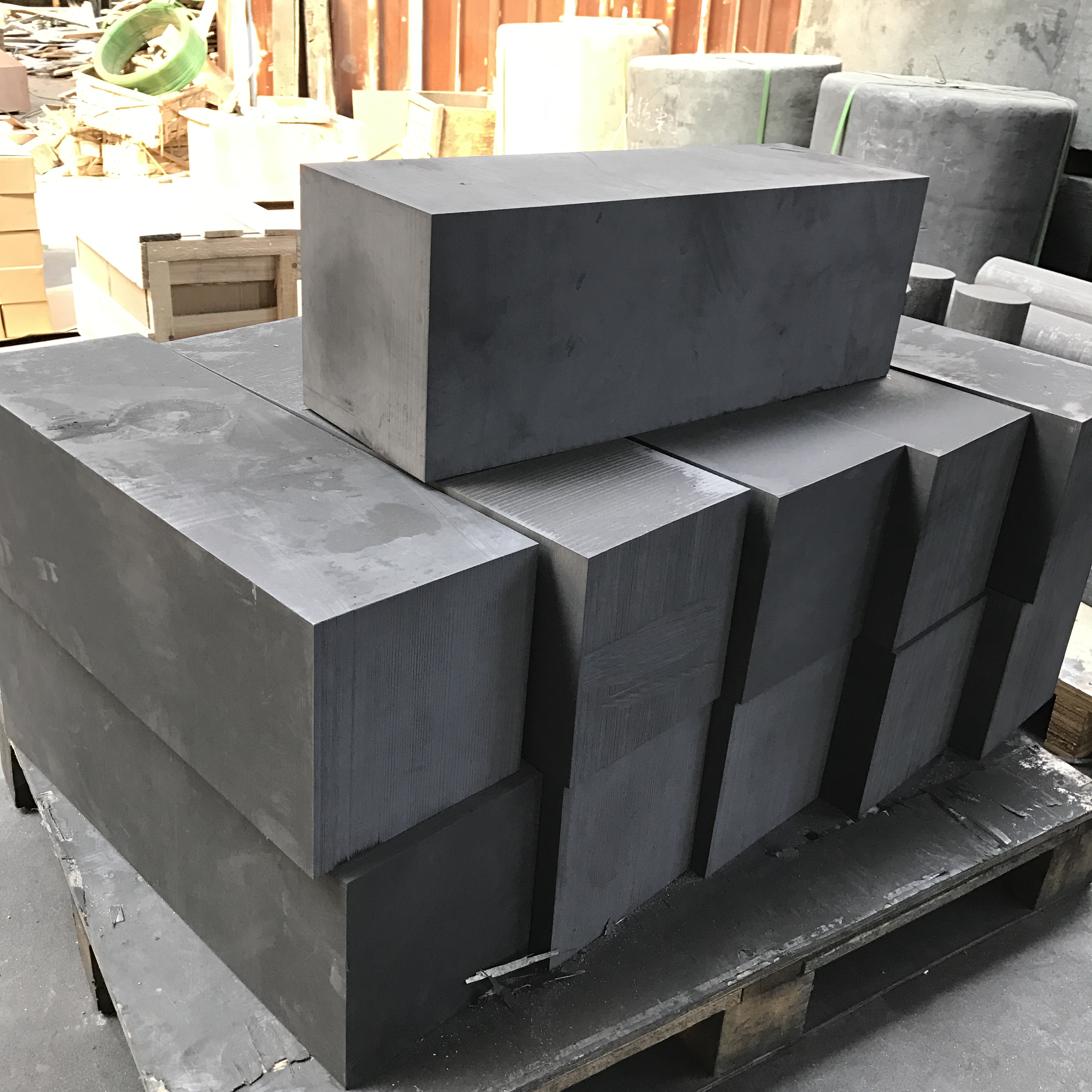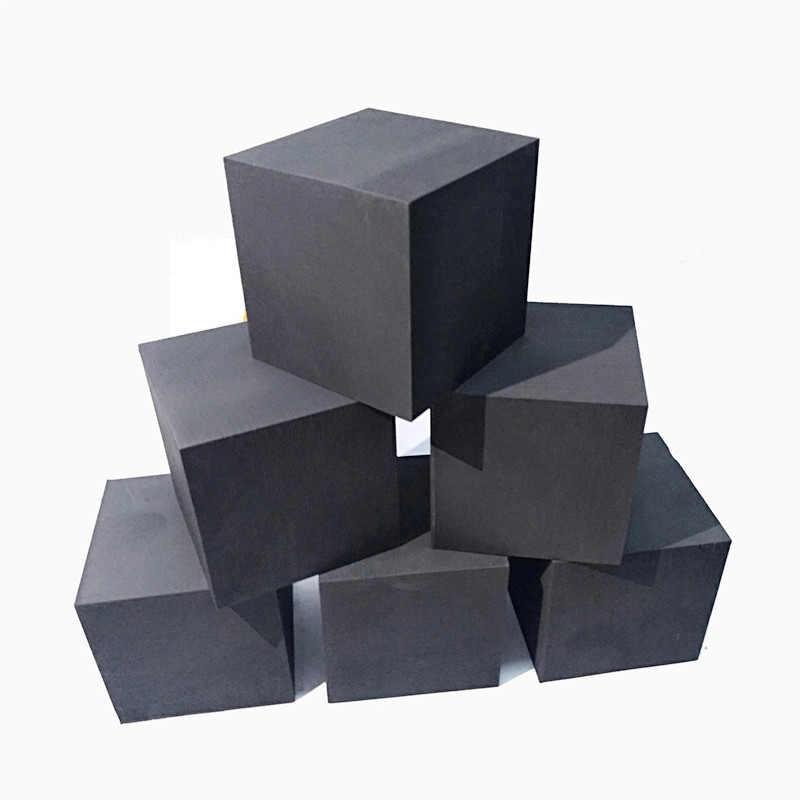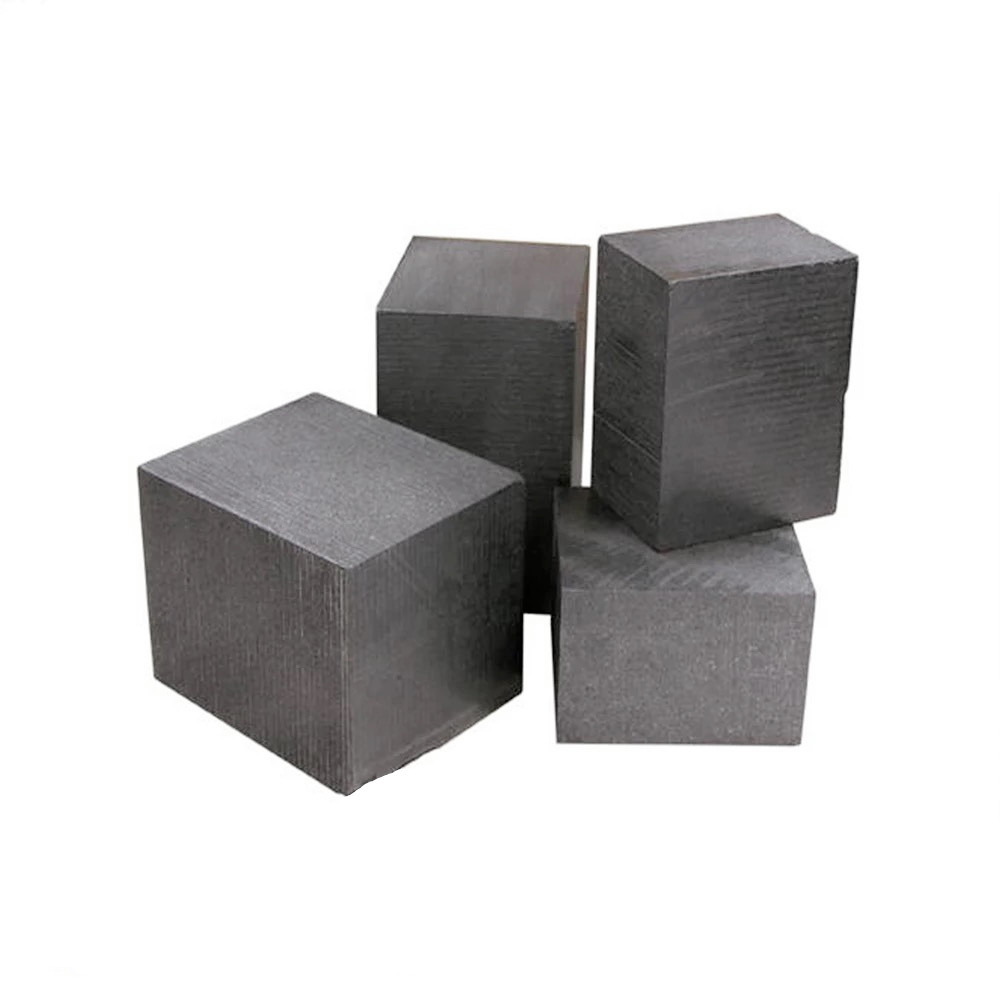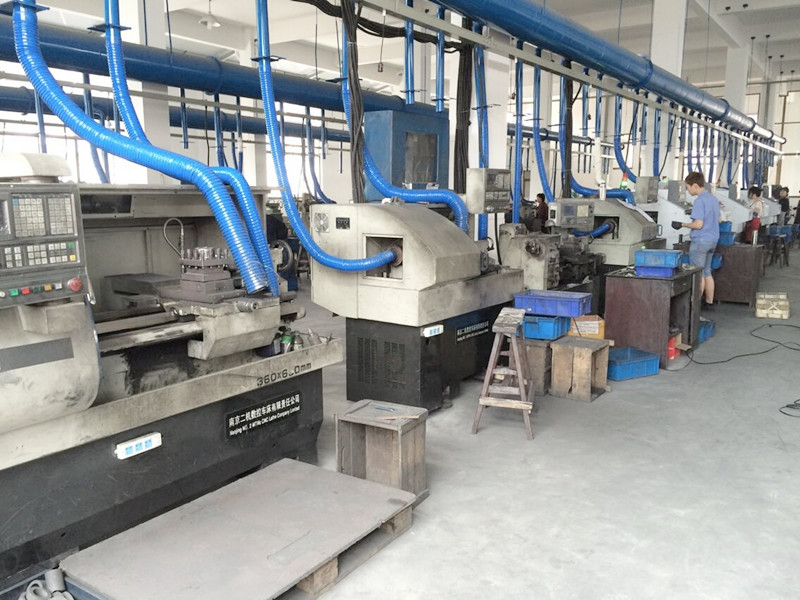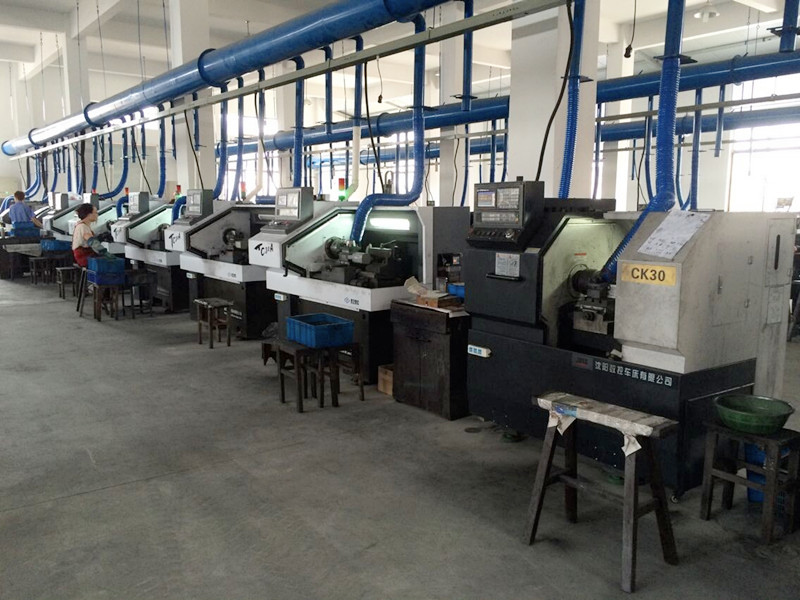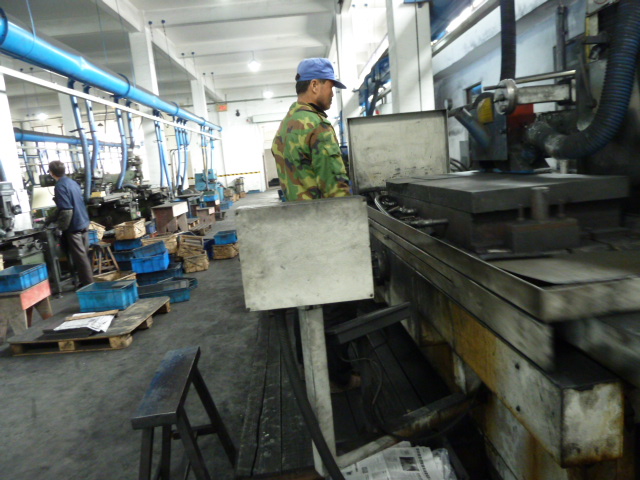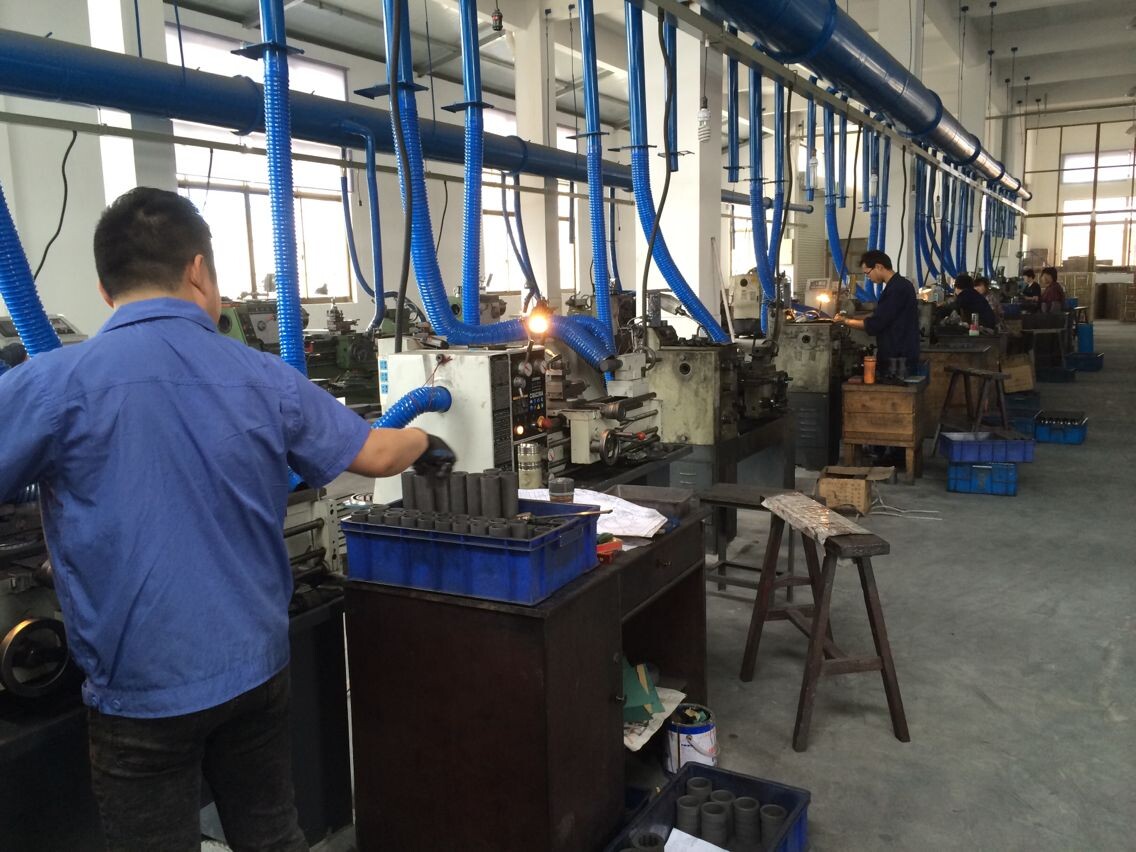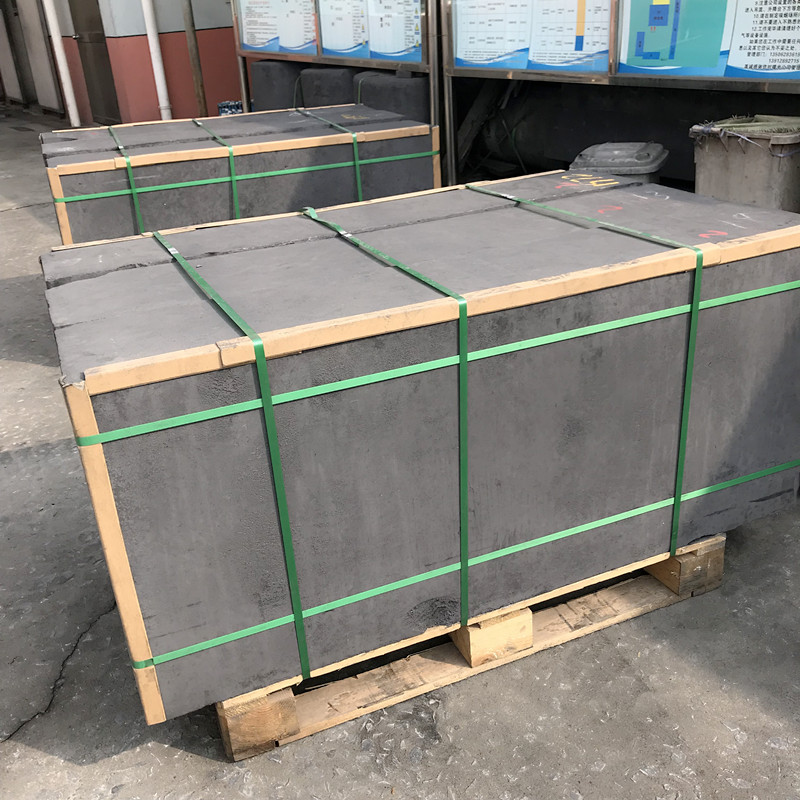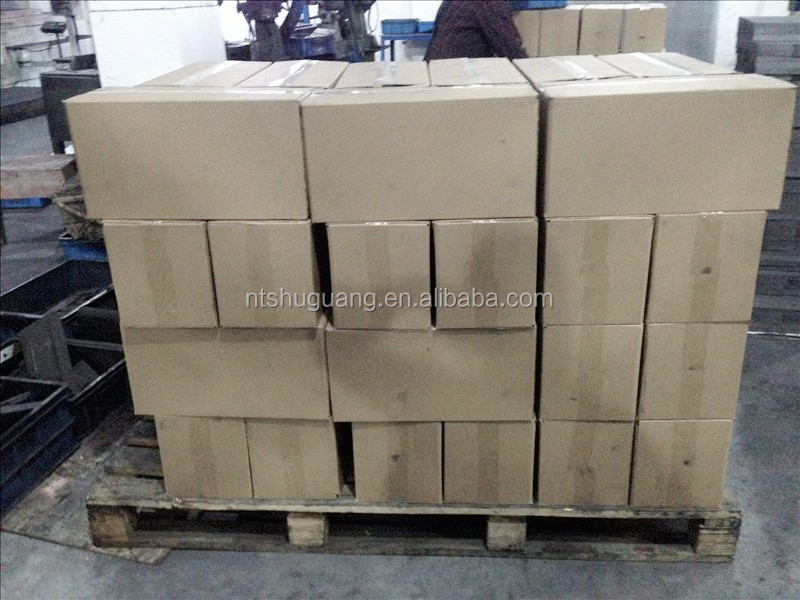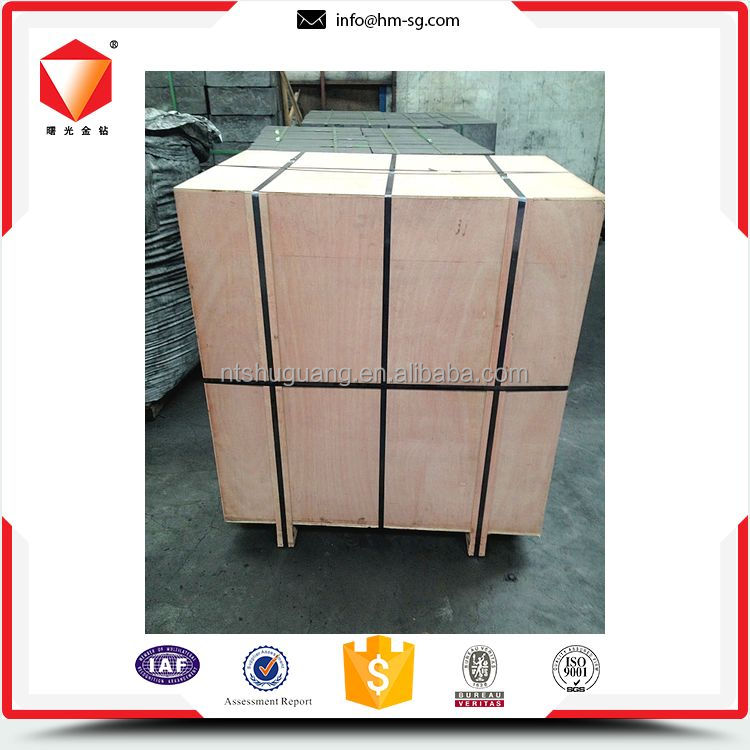Nine advantages of graphite molds in industrial production
Graphite molds are highly favored in industrial production due to their unique performance and advantages. Here are some of the main advantages of graphite molds:
High precision machining: By using advanced CNC technology, graphite molds can achieve high-precision machining, improve product quality and accuracy, ensure product consistency and stability, and greatly enhance production efficiency.
Low cost: The cost of graphite molds is relatively low, which helps to reduce production costs and improve the competitiveness of enterprises.
Chemical stability: Graphite materials have good corrosion resistance in common chemical reagents, especially in strong acid and alkali environments.
Excellent thermal conductivity: Graphite has higher thermal conductivity than metal materials such as steel, iron, and lead. Its thermal conductivity is several hundred times that of typical non metals and twice that of carbon steel. This characteristic enables graphite molds to achieve uniform heat transfer during operation, further improving production efficiency.
Low thermal expansion coefficient: The thermal expansion coefficient of graphite molds is low, which means that the molds can withstand rapid temperature changes without cracking. In addition, the gap formed by the metal between the mold and the hot pressing process facilitates easy demolding without damaging the
Graphite Mold, making the mold reusable.
Easy to process: Graphite molds are easy to cut and process, and can also be glued or processed into high-precision, various shaped molds according to needs.
Long service life: Graphite molds have a longer service life, which helps reduce replacement costs during the production process.
High strength: Graphite molds have excellent strength indicators such as compressive strength, tensile strength, and bending strength, which can significantly improve the service life and stability of the molds.
High temperature resistance: Graphite material is a high-temperature material with a melting point of up to 3850 ± 50 ℃ and a boiling point of 4250 ℃. Even under ultra-high temperature combustion, the weight loss is minimal. This enables graphite molds to maintain excellent mechanical properties and stability in high-temperature environments.
Widely used: Graphite molds are widely used in various fields such as plastic molds, electronics industry, hot pressing molds, glass forming, food industry, automotive industry, casting molds, and ceramic industry. Its multifunctionality makes graphite molds an indispensable and important tool in industrial production.
In summary, graphite molds have many advantages in industrial production, including high-precision processing, low cost, chemical stability, excellent thermal conductivity, low thermal expansion coefficient, ease of processing, long service life, high strength, high temperature resistance, and a wide range of application fields. These advantages make graphite molds an important component of modern industrial production.
